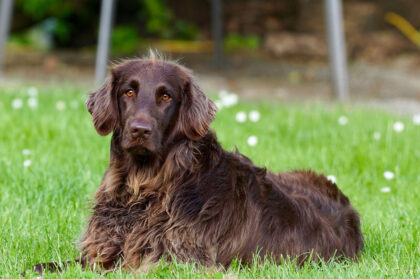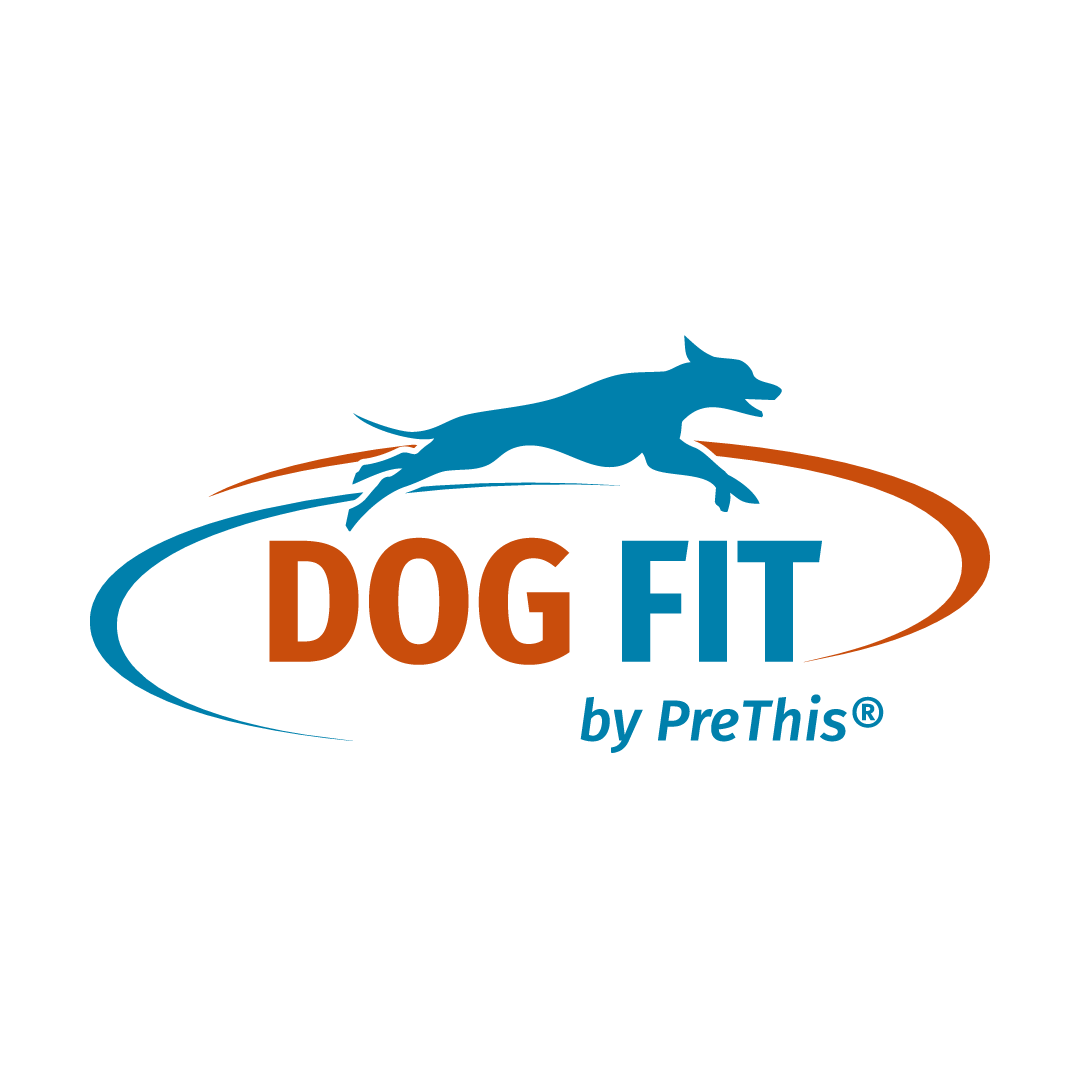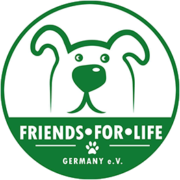Introduction
Healthy skin with a shiny coat is not a given for dogs, as both short-haired and long-haired dogs require regular care. Unfortunately, some dog owners still make the mistake of washing their dogs’ fur with shampoos that are actually intended for humans. This can have a negative impact on the health of the dog’s coat and skin, as such products are usually too aggressive for the dog and generally don’t smell the way your four-legged friend likes. Below you’ll find tips for successfully grooming your dog.
A healthy diet is important for a beautiful coat
Not every dog food automatically contains all the nutrients necessary for a beautiful coat and healthy skin. Especially with cheap discount foods, the quality often leaves much to be desired – but even expensive complete foods are no guarantee of optimal nutrition. A look at the label helps: High-quality food should be free of added flavors, artificial vitamins (nutritional additives), grains, sugar, or acrylamide and should offer an appropriate proportion of protein, fruit, vegetables, oil, etc. Unfortunately, the labeling isn’t understandable for everyone, and not everything needs to be declared, such as many additives that are already included when purchasing raw materials.
Age also plays a role – seniors in particular benefit from adapted, easily digestible food that protects the metabolism and the gastrointestinal tract.
Omega-3 fatty acids are particularly important for skin and coat, but are provided only in small amounts by many types of food. These essential fatty acids support the skin’s barrier function, prevent inflammation, and promote a natural shine. Changes in coat appearance such as dull, greasy hair, dandruff, or an unpleasant odor are often signs that nutrition and care should be optimized.
The coat should be brushed regularly.
Regular grooming not only contributes to the health of the coat but also promotes the bond between dog and owner. Brushing—at least once a week for short-haired breeds, more often for long-haired breeds—helps remove loose hair and dirt and stimulate blood circulation in the skin. Natural bristle or rubber-tipped brushes are particularly suitable. Special tools such as the Furminator can also help to remove undercoat in a targeted manner.
Especially for dogs with a lot of undercoat or older animals whose coats tend to mat or develop unpleasant odors, a combination of brushing, washing, and, if necessary, dietary adjustments is recommended.
Also pay attention to the skin, undercoat, and drying.
 Thick fur and a lot of undercoat often dry slowly after bathing. Humidity and temperature buildup promote infections caused by bacteria or yeast, which can manifest as odor, redness, or scratching. The dog should be thoroughly dried after every bath, even after trips into the water. Overbathing is not necessary, and a special dog shampoo should always be used, as dog skin has a different pH than human skin. Washing too often or using the wrong shampoo can dry out the skin and damage the coat.
Thick fur and a lot of undercoat often dry slowly after bathing. Humidity and temperature buildup promote infections caused by bacteria or yeast, which can manifest as odor, redness, or scratching. The dog should be thoroughly dried after every bath, even after trips into the water. Overbathing is not necessary, and a special dog shampoo should always be used, as dog skin has a different pH than human skin. Washing too often or using the wrong shampoo can dry out the skin and damage the coat.
If, despite good care, bald patches, excessive dandruff, or itching appear on the coat, the dog should be examined for parasites and a veterinarian consulted if necessary.
Despite Good Care: Parasites Cannot Always Be Prevented
Even with the best care, ticks, lice, mites, and fleas thrive in dog fur. Ticks should be removed as quickly as possible with tick tweezers; deworming is recommended in the case of flea infestation, as fleas serve as intermediate hosts for tapeworms. There are various remedies for parasite defense, but many contain chemical additives. Natural alternatives such as coconut oil can be supportive.
The role of micronutrients and essential fatty acids
Especially in older dogs, metabolic changes often first become apparent in the coat: The undercoat becomes greasy, and the hair becomes dull and brittle. Micronutrients such as zinc, biotin, and omega-3, -6, and -9 fatty acids play a central role in the health of the skin and hair.Essential fatty acids contribute to the elasticity and resilience of cells, support the skin’s protective barrier, and can have a positive impact on metabolism and the immune system.
Important to know: The dog’s body cannot produce omega-3 fatty acids itself – supplementing with high-quality food sources is advisable if the dog’s needs are not met through normal feeding.
You and your dog: In everyday life, we all benefit from well-thought-out routines and small changes that can lead to greater well-being in the long term. Sometimes it’s worth adopting new perspectives or questioning tried-and-tested processes. Openness to information and exchange with others enrich our experiences. There are suitable solutions for every situation – the most important thing is to find and implement them individually.

The content of the articles is for general information purposes only and does not replace diagnosis or treatment by a veterinarian. Reviews or testimonials are individual reports from verified customers. This information does not constitute medical advice and should not be understood as such.
Our daily inspiration comes from the special moments with our dogs. Here we share this enthusiasm and invite you to become part of the DOG FIT community on our social media channels.



Leave a Reply